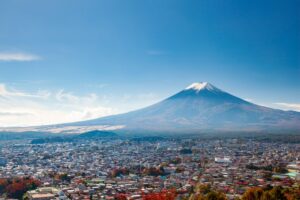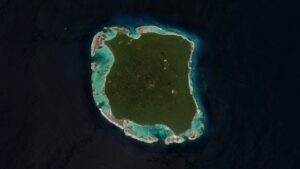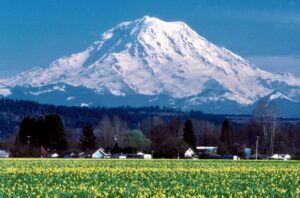In February 2021, about 30 Indians gathered in the country’s chilly northernmost region to learn how to ice climb.
Everyone used the personal gear of the three-person team who organized the first-ever Nubra Ice Climbing Festival. That means these aspiring ice climbers had to swap boots and other gear on the fly in -25°C.
“I have always believed that the barriers to climbing are structural,” wrote Karn Kowshik, one of the festival’s organizers. “For Indian climbers (and many others), it has always been the lack of resources.”
Regardless, Kowshik and other rising stars of Indian mountaineering are intent on spreading the gospel of ice climbing.
Like Pakistan, Nepal, and China, the country has long drawn alpinists to its snowy Himalayan peaks. High-altitude mountaineering requires a strong commitment of resources from anyone interested in breaching it. Ice climbing is similar. Accessing equipment and mentorship is expensive, if even possible for some.
Yet Indian ice climbers think that the sport will continue to grow in popularity, especially given its potential for sweet Instagram pics. With the right development, the sport could bring new diversity — and tourism — to the country’s local economies.
“You’re stuck to a glistening, white, serpentine waterfall and all around you there’s snow-covered mountains and pristine blue skies — the photographs come out fantastic,” Indian ice climber Bharat Bhushan told the BBC.
Ver esta publicación en Instagram
Movies, festivals, and waterfalls
Ice climbing has long been popular in the U.S. and Europe, which offer many festivals devoted to the sport every year.
Like Kowshik, Bhushan also founded an Indian ice climbing festival. He kicked off the Piti-Dharr International Ice Climbing Festival in the Spiti Valley in 2019.
According to the website, “ice climbing in India is at a very nascent stage.”
“Our aim is to foster a culture where climbers are aware of the opportunities around them and have the ability to pursue them,” the festival website says. “Navigating on steep technical terrain will also give Indian climbers the confidence to open technical routes and attempt new lines in the Himalaya.”
Ver esta publicación en Instagram
When trying to spread a new sport, it also helps to have a splashy film that captures the public’s imagination. (Looking at you, “Free Solo.”)
Indian ice climbing got that film in 2016 with “The Fall.”
The documentary follows climbers Abhijeet Singh and Pranav Rawat as they climb two frozen waterfalls. Like the Piti-Dharr festival, it takes place in the Spiti region in the Himalaya.
The film became a source of national pride, with the Indian press praising it for documenting the country’s first ice climb up a frozen waterfall.
It remains to be seen if Indian mountaineers can continue to grow ice climbing. But climbers like Kowshik will keep promoting it online through gorgeous photos and sheer enthusiasm.
As Kowshik wrote on Instagram for one action shot:
“I just love climbing ice!!!”






